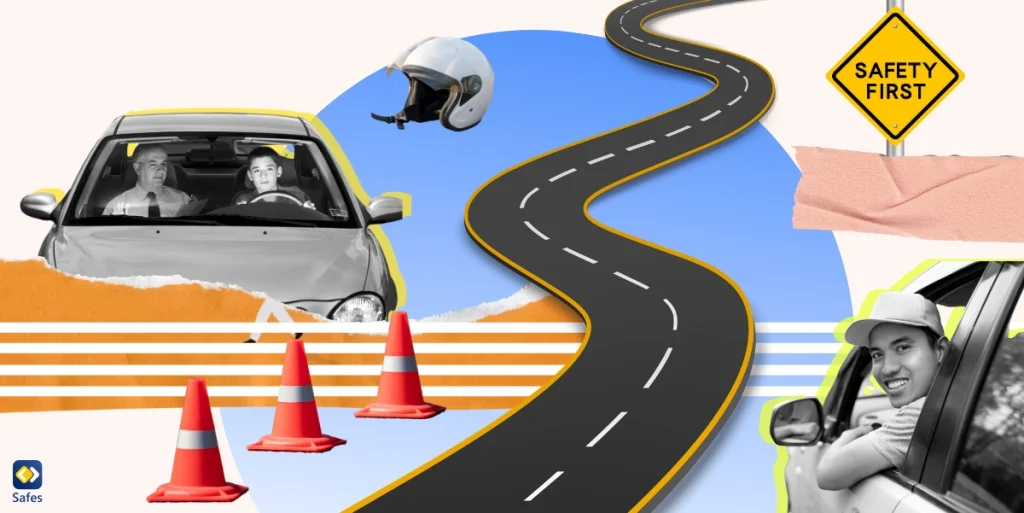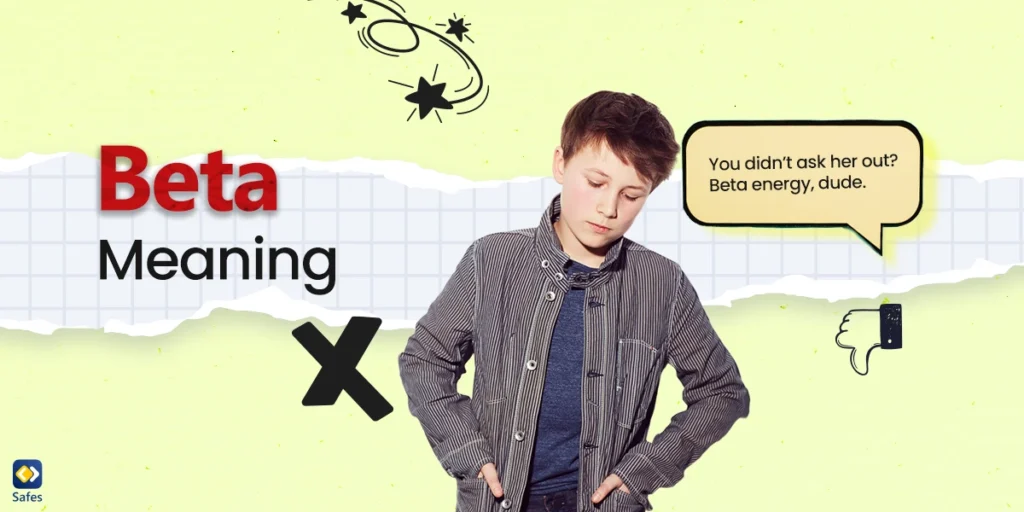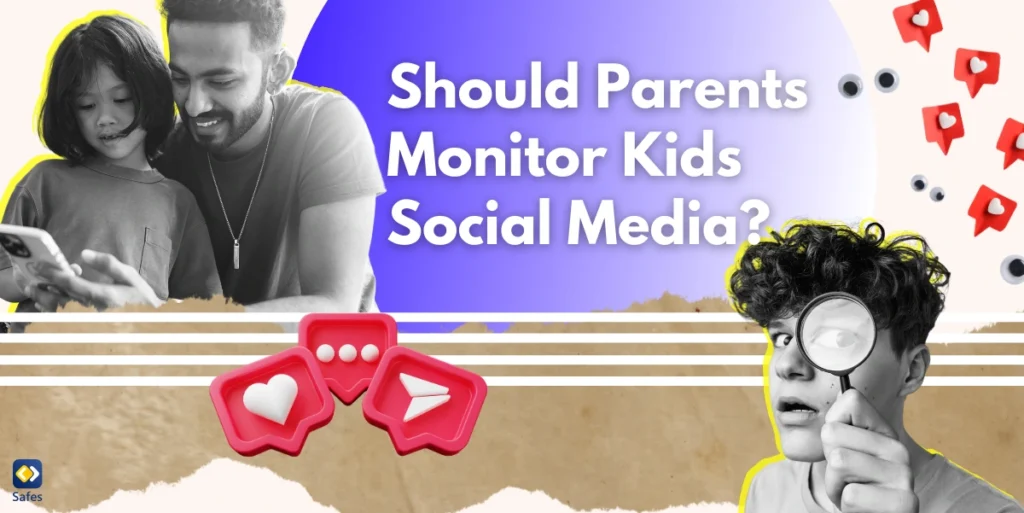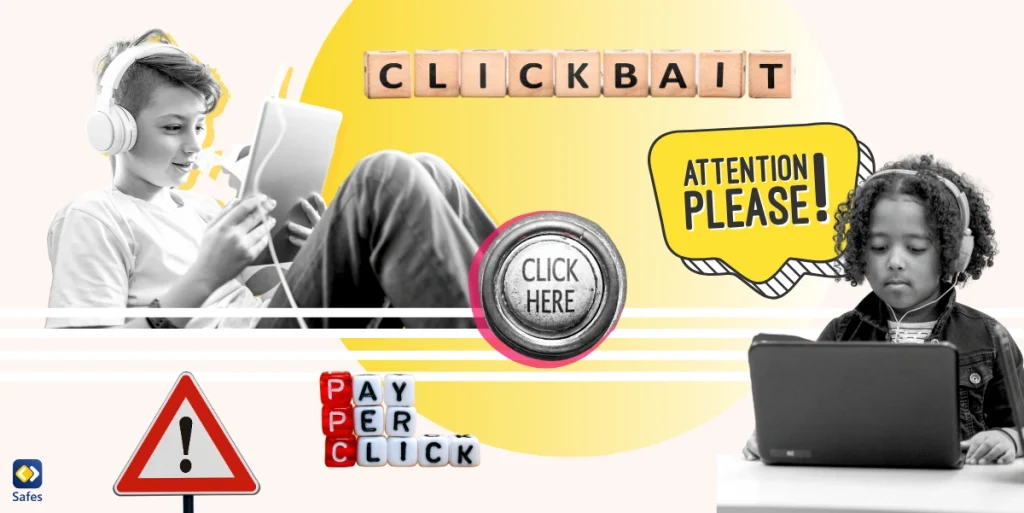Ensuring the safety of teenage drivers is incredibly important. As they start driving, it’s vital that they’re well-informed and skilled in safe driving practices. We’re going to explore everything about teenage road safety. We’ll look at the dangers they face, how distractions and friends can impact their driving, why it’s so important for parents to be involved, and how to prepare for different kinds of driving conditions. The aim is to help everyone understand these issues better and to share useful tips to keep our young drivers safe.
Download and Start Your Free Trial of the Safes Parental Control App
Teenage Driving Safety and Awareness
As we delve into this topic, it’s imperative to first lay a foundation of understanding the inherent risks. This knowledge forms the cornerstone of our efforts to guide young drivers towards safer and more responsible driving habits.
Understanding the Risks
When discussing teenage driver safety, it’s crucial to acknowledge the common risks and hazards they face. Teen drivers aged 15-19 represent nearly four percent of all drivers, yet their fatal crash rate per mile driven is almost three times that of drivers aged 20 and over. This statistic highlights why teenage driving is dangerous. During May and June, the risk escalates, with these months recording the highest number of crash fatalities among teen drivers. Furthermore, male drivers account for approximately 68% of these fatalities. Speeding is a significant factor, with 79% of single-vehicle teen crashes involving excessive speed. These teen driving statistics paint a concerning picture, emphasizing the need for heightened awareness and precaution among young drivers.
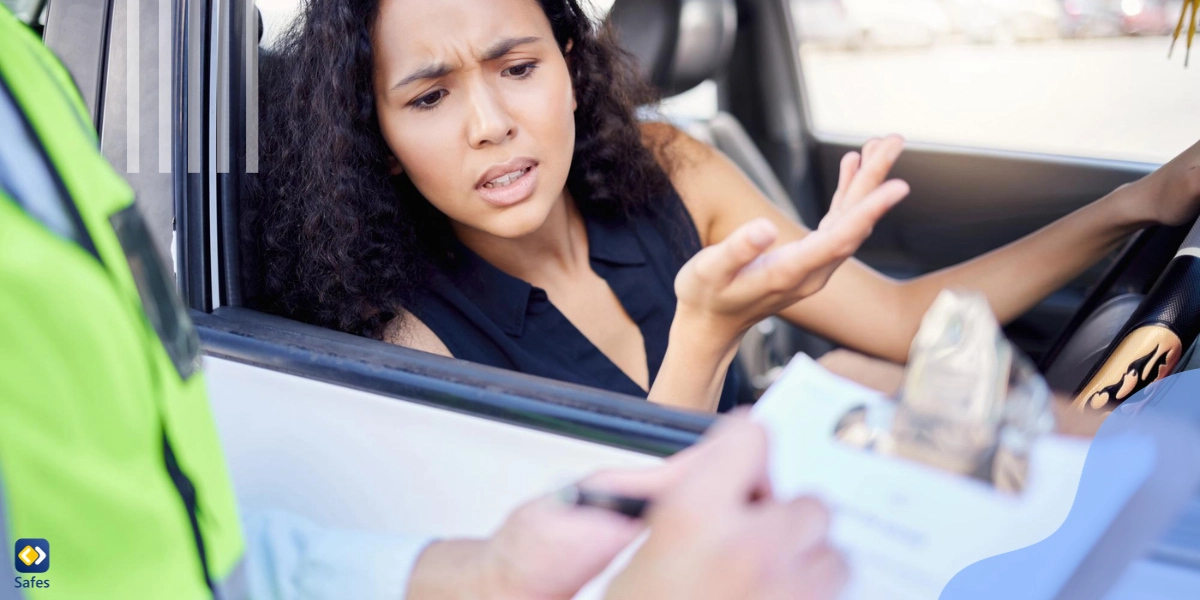
The Role of Distractions and Peer Influence
Distracted driving, especially due to cell phone usage, poses a significant threat to teen drivers. The lack of experience only exacerbates this risk. According to the United States Department of Transportation, among drivers aged 15-20 involved in fatal crashes, 9% were distracted at the time, with texting while driving being a prevalent issue. Peer influence also plays a critical role in shaping teenage driving behavior. Understanding how peer pressure affects teenagers is crucial in this context. The crash risk increases when other teenagers are passengers, often due to peer pressure affecting teenagers’ decisions, leading them to speed, show off, or engage in other risky driving practices. According to the National Highway Traffic Safety Administration, nighttime driving, particularly between 9 p.m. and 6 a.m., is another high-risk period for teen crashes, likely influenced by peer activities. While not directly related to driving, texting and walking accidents serve as a parallel example of how distractions can lead to severe consequences, reinforcing the importance of focused attention while on the road.
Parental Guidance and Rules for Safe Driving
Navigating the road as a teenager can be thrilling yet daunting. As parents, it’s our responsibility to guide our teens not just in obeying traffic laws, but in understanding the ethos of safe driving. This journey begins with us setting a positive example and establishing clear, sensible rules.
Setting a Positive Example and Clear Rules
The adage “actions speak louder than words” holds particularly true in teaching our teens safe driving habits. Our behavior behind the wheel significantly influences our teens. By adhering to parents’ rules for teenage drivers, teenagers show a sense of responsibility and caution in them. It’s not just about laying down the law; it’s about embodying the principles of safe driving ourselves.
Incorporating positive facts about teenage driving into our conversations can encourage them and build their confidence. This positive reinforcement, coupled with practice driving sessions, ensures they gain the necessary experience under our watchful eyes. These sessions are crucial for them to understand the nuances of driving in different conditions and to become comfortable behind the wheel.
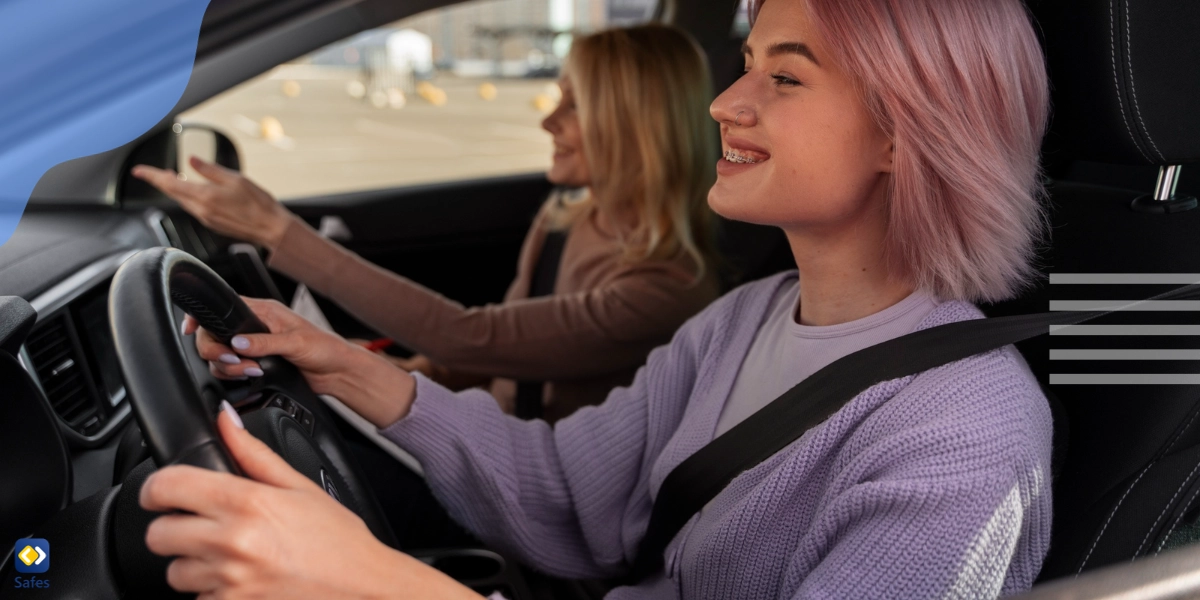
Addressing Substance Use and Promoting Defensive Driving
Discussing the harsh realities of drink and drive incidents and their link to fatal crash statistics is really important in this regard. These conversations should be candid, highlighting the irreversible consequences of such actions. This is also an appropriate juncture to discuss teenage substance abuse and its impact on driving abilities.
Defensive driving is another key aspect. While some may question the reasons why 16-year-olds should not drive, teaching them the principles of defensive driving can prepare them better for unexpected road hazards. This includes anticipating the actions of other drivers and understanding the importance of safety features in vehicles. These features, while not a replacement for cautious driving, provide an additional layer of protection.
Our role as parents is to be the guiding light in our teens’ driving journey, balancing the enforcement of rules with education and open discussions about the realities of driving. This approach not only ensures their safety but also fosters a sense of responsibility and maturity as they navigate the roads.
Preparing for Diverse Driving Conditions and Emergencies
Equipping our teens with the skills to handle diverse driving conditions and emergencies is a crucial aspect of their journey to becoming responsible drivers.
Navigating Different Weather and Traffic Conditions
When it comes to teen drivers, adjusting to different driving conditions, especially during nighttime, is crucial. Statistics reveal that a significant portion of teenage motor vehicle crash deaths occur between 9 pm and 6 am. Nighttime driving poses unique challenges due to limited visibility and the potential for fatigue. It’s essential for teens to reduce speed and increase vigilance after dark. Similarly, in adverse weather conditions like rain or snow, teens must learn to adjust their driving practices. This includes reducing speed to account for slippery roads and maintaining a safe distance from other vehicles. Parents should emphasize the importance of these adjustments to ensure their teen’s safety on the road.
Emphasizing Seat Belt Use and Emergency Preparedness
The importance of wearing a seat belt cannot be overstated for anyone in a motor vehicle, especially teen drivers. Seat belts significantly reduce the risk of fatal injury. Parents should instill the habit of always buckling up before starting the car. Additionally, understanding and adhering to licensing laws, particularly those of graduated driver licensing systems, is vital for emergency preparedness. This includes being aware of how many teen passengers are allowed, as the presence of peers can distract the teen driver and potentially lead to accidents. Keeping an emergency kit in the car, knowing basic roadside assistance skills, and understanding the steps to take in an accident are essential skills for teen drivers. By preparing them for various scenarios, parents can help ensure their teen’s safety on the road.

Empowering Safe Teen Driving With Safes
Safes, a parental control app, aligns seamlessly with the journey of guiding teens towards safer driving. By monitoring screen time and managing social media use, it addresses key risks like distracted driving. The app’s location tracking feature is particularly relevant for parents concerned about their teens’ safety during high-risk driving hours. Safes offers a practical tool for parents to encourage responsible driving and digital habits, reinforcing lessons in safety and awareness both on and off the road. Choose Safes for a balanced approach to teen driving safety. Safes is available on both iOS and Android. Begin your free trial with Safes to access educational materials that promote safe driving habits and pedestrian awareness.
Final Mile: The Journey to Safe Teen Driving
The path to ensuring teenage driving safety is multifaceted, encompassing a deep understanding of the risks, the influence of distractions and peers, the indispensable role of parental guidance, and the necessity of preparing for diverse driving conditions. By embracing a comprehensive approach that combines education, practice, and technology, we can significantly enhance the safety and responsibility of our young drivers. This journey is not just about enforcing rules but about nurturing an environment of awareness, responsibility, and proactive safety measures, thereby safeguarding the well-being of our teens as they navigate the roads of life.
Your Child’s Online Safety Starts Here
Every parent today needs a solution to manage screen time and keep their child safe online.
Without the right tools, digital risks and excessive screen time can impact children's well-being. Safes helps parents set healthy boundaries, monitor activity, and protect kids from online dangers—all with an easy-to-use app.
Take control of your child’s digital world. Learn more about Safes or download the app to start your free trial today!
